If the prospect of injecting even more AI into your future marketing strategy is enough to give you nightmares, you’re not alone. Audiences are wary, lawsuits are pending, and other fundamental questions are still very much up in the air.
But we all know the secret to survival–don’t get left behind. Most marketers have already started incorporating AI into their workflows and campaigns; if you’re still hiding from AI, your brand might just get knocked off the board entirely.
But don’t be scared: our experts are here to put your AI concerns to rest. Whatever you’re afraid of when it comes to leveraging AI in your marketing, we’ve got the solutions you need to make sure your brand makes it through the night.
Deploy strong defenses: apply plenty of human oversight to stop AI from going full mad scientist with bad info
The biggest challenges right now come from known issues with AI. While these tools are smart, they’re not perfect—in part because they’re so new. They can unintentionally hallucinate incorrect information, introduce bias, or sound “off” in a way that tells your audience you’ve had some not-so-human assistance.
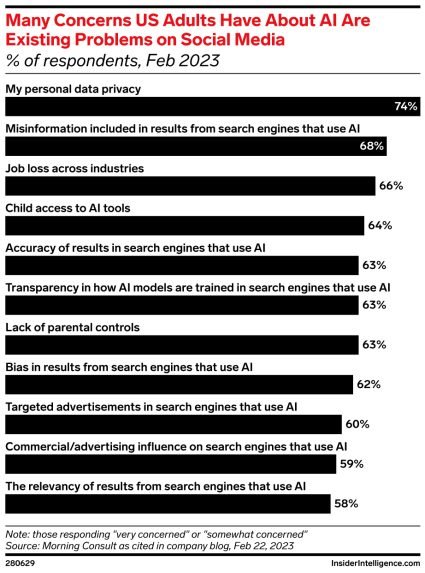
Source: eMarketer
That’s especially important because many consumers have concerns about how businesses are using AI. People are worried about AI using their personal data–70% of respondents to a survey by UserTesting were concerned about privacy–and many just don’t like the idea of brands using AI on them in general.
That doesn’t mean you should stop experimenting with AI. It just means that you should be careful about how and where you employ it.
The key to using AI safely in any context is plenty of human oversight. Once an AI asset is created, you should have human reviewers take a look before it goes out and make sure it doesn’t contain errors, misinformation, or sound “off.” You should also have employees double-check any data processing or coding AI does for your team and test any AI-powered services like chatbots carefully ahead of time.
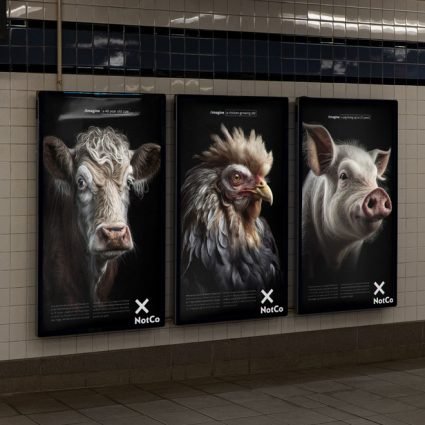
Source: NotCo
Writing copy and creating images can be done more quickly with AI–and it’s definitely useful for a first draft, inspiration, or for creative experiments like NotCo’s ads featuring AI-generated images of how farm animals would look if they lived longer–but robots don’t understand the emotional connection or exact tone your brand is looking for the way your employees do.
The goal of your marketing is to make a real connection with your audience. If using AI gets in the way, it’s not helping your brand, no matter how quickly it can generate assets or code compared to humans. You need to have human eyes on the things people do best.
Don’t run down a dark hallway: understand the risks and stay up to date on changing regulations
One of the scariest things about AI today is that no one quite knows how the tech and regulations around its use might develop in the future.
Since the technology is still so new, legal challenges and new policies are inevitable. Right now, AI usage is still largely unregulated–but lawmakers and courts are starting to catch up.
Potential regulations are an important consideration for brands using AI in any capacity, but the risk of new laws is especially challenging for brands generating creative assets like copy and graphics with AI. A judge has already ruled that AI-generated art (like the image below) can’t be copyrighted and more lawsuits are coming from artists and publishers against companies that scraped their copyrighted work to train AI models without consent.
While we wait to see how these questions shake out, there are some things your team can do today to prevent issues down the road. Make sure you’re abiding by current industry standards, monitoring any changes, and looping in your company’s legal department to clarify what you need to do to keep your business safe when using AI-generated materials.
You should also consider where you’re using AI in your marketing. If you (understandably) get a cold shiver when thinking about potential legal challenges to AI-generated ads or code, you can still leverage the tech in more cautious ways. For example, your team is a lot less likely to face these issues if you’re using a tool like ChatGPT to brainstorm ideas for new creative, rather than to fully generate the asset itself.
Set yourself up as the final girl: learn to work with AI instead of worrying about it replacing you
As AI evolves, it can feel like there will inevitably be a robot that can do every job your team usually handles. Forrester predicted around 33,000 ad agency jobs would be replaced by AI by 2030.
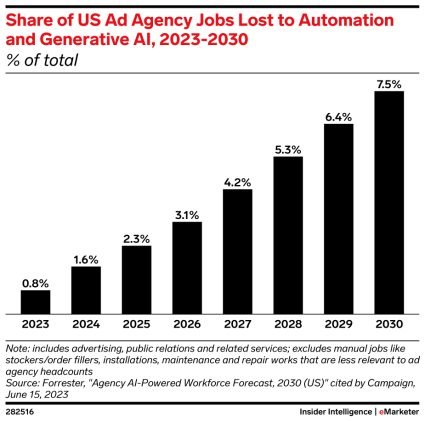
Source: eMarketer
But that’s not the whole story: if you look at the full prediction, their data indicates that far more jobs will be influenced by AI than lost.
If you’re lying in bed at night thinking about the robot apocalypse, there’s no need to panic just yet. Most companies aren’t trying to replace jobs with AI; instead, they want their people to use AI to produce more work, more efficiently.
Talk with leadership about a plan to leverage AI to your team’s advantage. It’s important to set expectations about where you should be using AI and where AI isn’t as functional. The last thing you want is to rely on AI to do work it’s not ready to do and end up overloading your team as they pick up the slack for the robots.
You should also continue to test different AI tools and check in with your team frequently about what they help with and what they don’t. If your current AI tools aren’t working for you, there are always more options coming on the scene for you to try out.
In an ideal world, AI will take busy work off of your plate so you can focus more on the high-level, strategic stuff you really want to be doing. In the end, AI isn’t going to take your job–but a marketer who’s better at working with these new technologies just might.
Find your final destination: update your systems and processes to take full advantage of the AI-powered era
With so many different AI functionalities coming on the scene, it can be hard to decide when and how to bring the new technology into your team’s processes. Many marketers are afraid to jump in and make mistakes by investing in the wrong technology, letting AI-generated mistakes slip through, or biting off more than they can chew with too much new tech at once.
If you’re still in the early stages of adopting AI, there’s a lot that could go wrong. But you also have an opportunity to think strategically about which AI tools would be the most impactful places for your brand.
To get started, you should consider the different types of AI and which ones will have the maximum benefits for your brand’s size, sector, and marketing needs. Don’t try to take on too many tools at once, even if leadership is excited about the possibilities of AI and pressuring you to do everything at once.
Good places to start with AI might include:
- Start testing user-friendly AI-powered campaigns like Google PMax or Meta’s Advantage+
- Use generative programs like ChatGPT and Bard or Midjourney and DALL-E 2 to help your team brainstorm, inject some new ideas into your creative positioning, and try out some new things (then hand the results off to people)
- Set up simple task automation for common processes, like chatbots or email automations, to claw back more time to work on other things
- Keep exploring and experimenting with new tools to see if they’re a fit for your team, like AI-powered creative optimization
The AI revolution is a process and it’s not over yet. The best thing you can do for your marketing is stay on top of new developments and carefully consider which functionalities you need. Don’t get swept up in adopting tools too quickly or reactively, but don’t be afraid of the dark, either.
Ready or not, you need to adapt to new AI developments to keep your brand breathing. But if you stay on your toes and avoid the pitfalls, there’s a lot to be excited about in this brave new world.



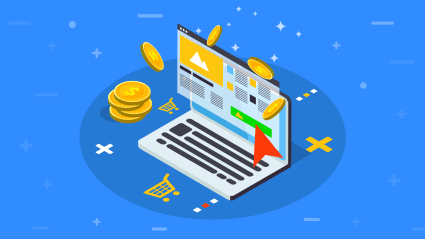



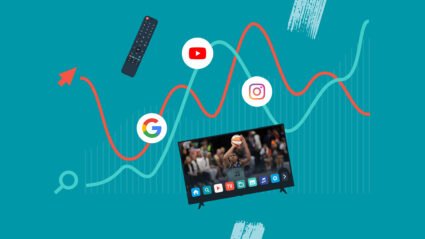
Responses